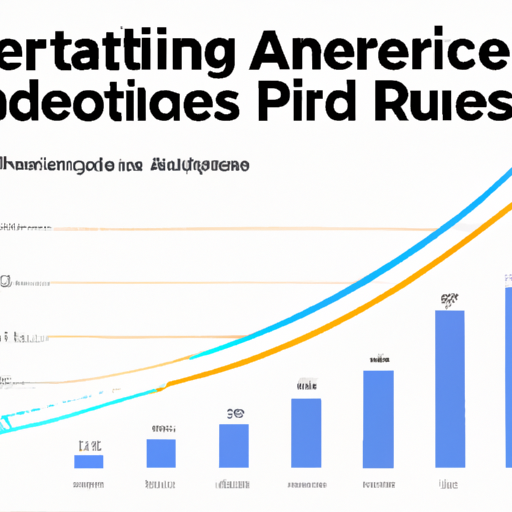Understanding Athlete Performance Ranking
Athlete performance ranking stands at the core of modern sports analytics. With the evolution of data-driven techniques, evaluating an athlete’s success is no longer limited to simple statistics. Today, comprehensive metrics, robust assessment systems, and data visualization tools offer a detailed perspective on how athletes measure up against their peers. In this guide, we explore the essentials of athlete performance ranking, from the foundational concepts to the latest trends in sports performance analytics.
What Is Athlete Performance Ranking?
Athlete performance ranking is a systematic method of evaluating and ordering athletes according to their performance across various disciplines. The ranking process relies on quantitative data, including metrics like speed, accuracy, endurance, and strategic execution. Whether it’s in team sports like basketball or individual events such as track and field, ranking systems provide a standardized way to compare athletes, track progress, and identify top performers.
- Quantitative evaluation through performance metrics
- Data analysis using advanced sports analytics tools
- Peer comparison within leagues, tournaments, or globally
Key Metrics Used in Athlete Performance Ranking
The reliability of any ranking system depends on the accuracy and relevance of the metrics used. Here are some of the most critical performance indicators in sports:
-
Physical Fitness Scores:
Incorporates VO2 max, flexibility, agility, and strength measurement. -
Skill Execution:
Evaluates technical prowess, tactical awareness, and game intelligence. -
Consistency:
Assesses performance stability across different competitions and seasons. -
Statistical Output:
Tracks numbers like goals, assists, tackles, rebounds, or points scored. -
Team Contribution:
Measures impact through assists, leadership, and playmaking ability.
Modern Methods and Technologies in Athlete Performance Ranking
Athlete performance ranking has evolved with technology. Advanced tracking devices, wearable sensors, and AI-driven analytics play a pivotal role in collecting and interpreting data. Some noteworthy advancements include:
- Wearable Technology: Tracks heart rate, speed, distance, and impact during training and competition.
- GPS and Motion Sensors: Provide real-time location and movement data for in-depth analysis.
- Artificial Intelligence: Predicts performance trends, injury risks, and potential improvements.
- Big Data Analytics: Integrates large datasets to refine rankings and forecast future performance.
Why Is Athlete Performance Ranking Important?
Athlete performance ranking influences many aspects of the sporting world:
- Talent Identification: Helps scouts and coaches find emerging stars based on objective data.
- Motivation: Athletes are encouraged to improve and reach higher ranks.
- Team Selection: Informs coaches’ decisions for lineup and strategy optimization.
- Sponsorship and Contracts: Top-ranked athletes attract lucrative endorsements and contracts.
- Fan Engagement: Rankings fuel debates, discussions, and engagement among fans and media.
Challenges in Athlete Performance Ranking
Despite its benefits, athlete performance ranking comes with challenges:
- Subjectivity: Some metrics, especially in judged sports, can introduce bias.
- Injury and Absence: Injured athletes may be unfairly ranked lower due to missed events.
- Sport-Specific Variability: Not all metrics apply equally across different sports disciplines.
- Data Quality: Inaccurate or incomplete data can skew rankings and misinform decisions.
Best Practices for Accurate and Fair Rankings
To ensure fair, meaningful, and actionable rankings, organizations and analysts should:
- Combine both quantitative and qualitative data for holistic assessment
- Update and validate databases regularly for accuracy and completeness
- Adopt sport-specific ranking algorithms and weighting systems
- Engage expert panels for subjective evaluations where needed
- Embrace transparency in ranking methodology and data sources
Trends Shaping the Future of Athlete Performance Ranking
The future of athlete performance ranking lies in real-time analytics, machine learning, and personalized performance dashboards. As sports organizations invest in advanced technology, expect more dynamic, interactive, and predictive ranking systems. These trends offer:
- Instant updates during live events
- Customizable filters for fans, coaches, and scouts
- Integration with social media and fan engagement platforms
- Enhanced accuracy through continuous data input
Conclusion: The Value of Athlete Performance Ranking in Modern Sports
Athlete performance ranking is indispensable in competitive sports. It empowers stakeholders to make informed decisions, motivates athletes to achieve their best, and elevates fan experience. By embracing cutting-edge analytics and fair assessment practices, sports organizations can ensure their rankings reflect the true potential and achievements of athletes worldwide.
